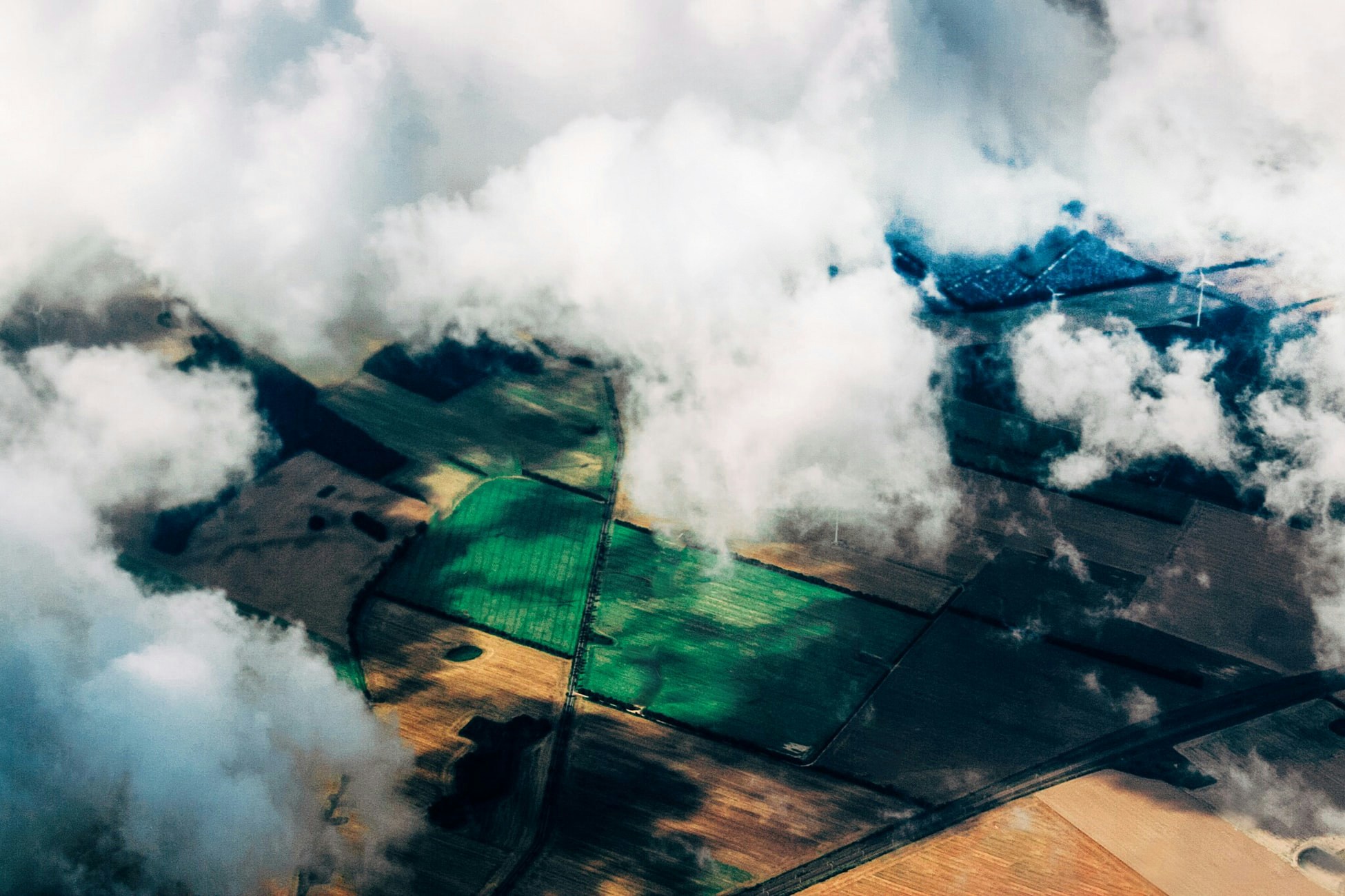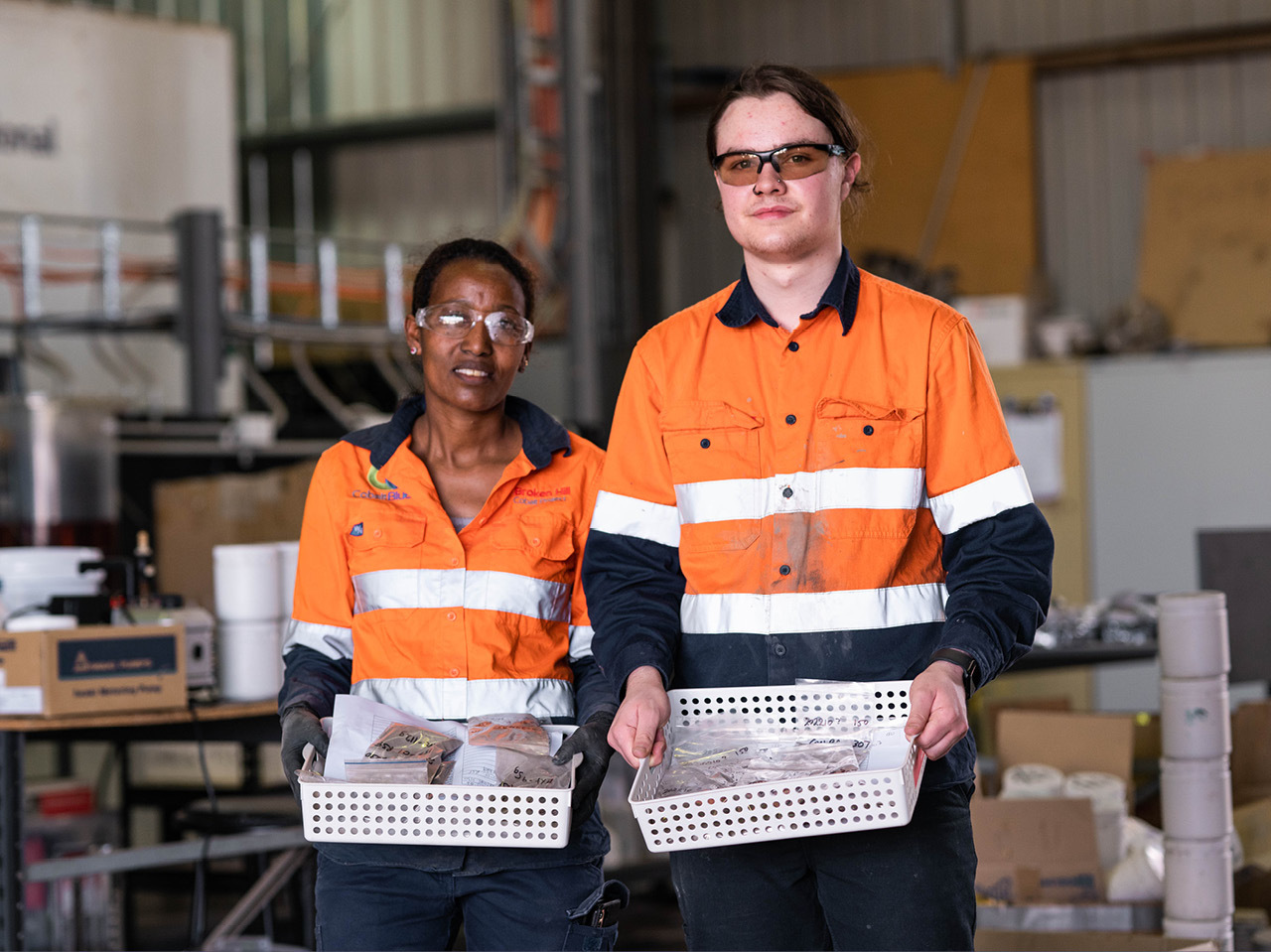Our Strategy
Our ‘mine to battery markets’ strategy aims to provide a reliable supply of responsibly-sourced cobalt and other minerals essential to battery chemistry.

One of the most profound societal transformations is underway. Effective energy storage is enabling entire buildings, city blocks, and vast sections of the world’s population to change from being energy consumers to energy prosumers. And what’s powering this transformation? Energy storage devices – also known as batteries.
Our ‘mine to battery markets’ strategy aims to provide a reliable supply of responsibly-sourced cobalt and other minerals essential to battery chemistry.

Already we have started working with other mining companies and local community leaders on strategic projects involving housing, childcare, and other liveability solutions.
We are also collaborating to develop pathways towards higher education, skills, and training to enable today’s youth to be job-ready tomorrow.
We look forward to further developing respectful relationships with local Aboriginal people – the Barkandji – to work in consultation, foster economic enhancement opportunities, and celebrate their rich cultural heritage.
Our workforce is our greatest asset. Therefore, we believe empowering our employees and supporting the communities where they live and work is a critical part of our operation.
As our business enjoys success, so will everyone connected to us: our staff, suppliers, their families, and community.